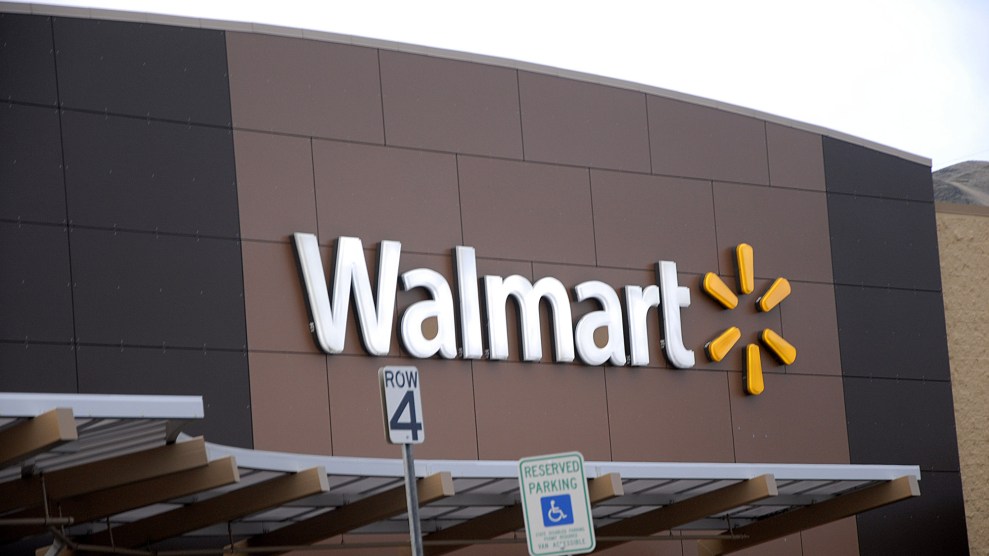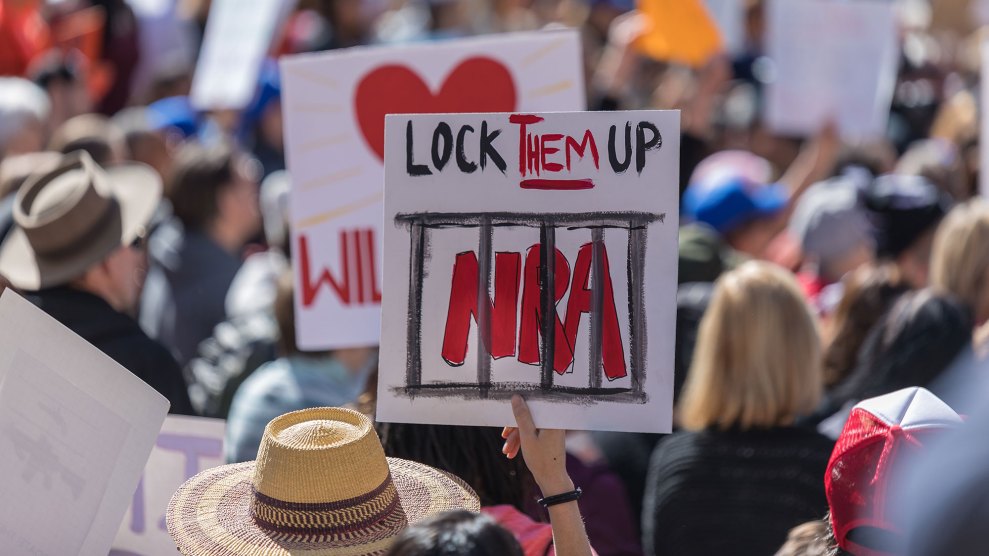
Dean Pictures/Newscom/ZUMA
On Wednesday night, Walmart announced that it would stop selling firearms and ammunition to people under 21 years old, joining Dick’s Sporting Goods in taking public action over its gun sales policy in response to the recent mass shooting in Parkland, Florida.
“In light of recent events, we’ve taken an opportunity to review our policy on firearm sales,” the retail conglomerate noted in a statement. “Going forward, we are raising the age restriction for purchase of firearms and ammunition to 21 years of age.”
“Our heritage as a company has always been in serving sportsmen and hunters, and we will continue to do so in a responsible way,” the statement concludes. The new policies will be implemented “as quickly as possible.”
NEWS: Walmart will be increasing the firearms and ammunition purchasing age to 21 "in light of recent events." pic.twitter.com/hYLW5aeZkR
— Polly Mosendz (@polly) February 28, 2018
The company’s decision comes the same day that Dick’s Sporting Goods CEO Edward Stack announced the sports retailer would stop selling firearms to people under 21 years old and assault-style rifles altogether. Dick’s had already ended the sale of assault rifles after the Sandy Hook Elementary School shooting in 2012 but kept selling the firearm in certain locations.
Walmart, meanwhile, ended the sale of “modern sporting rifles, including the AR-15″—the kind of gun that was used in Parkland—in 2015, citing declining demand at the time, and reiterated in its statement Wednesday that it does not sell “bump stocks, high-capacity magazines and similar accessories.”
The retailers’ decisions mark the latest public stand that corporations have made in the aftermath of the mass shooting at Marjory Stoneman Douglas High School that left 17 dead. A barrage of companies, including Delta Air Lines and Hertz, ended their relationships with the National Rifle Association in the past week. The moves also mirror a call for raising the minimum age for firearm purchases at the federal level, a move President Donald Trump said he supported on Wednesday, standing in contrast to the National Rifle Association.

















